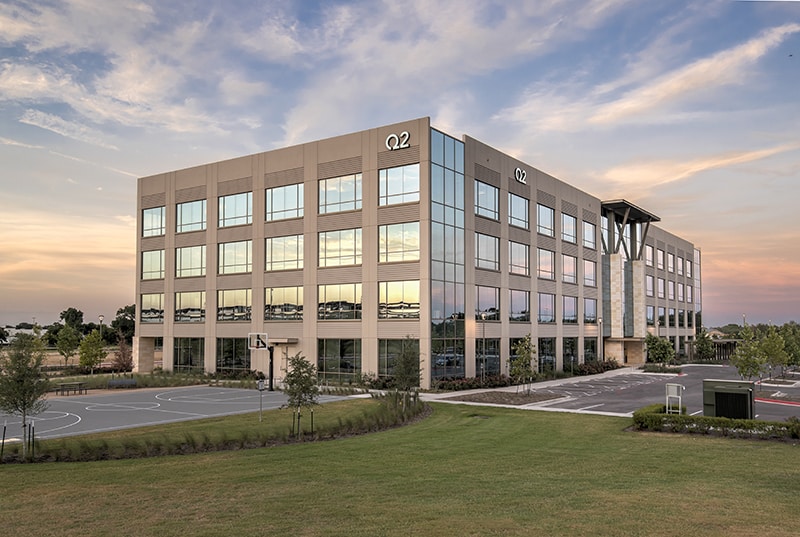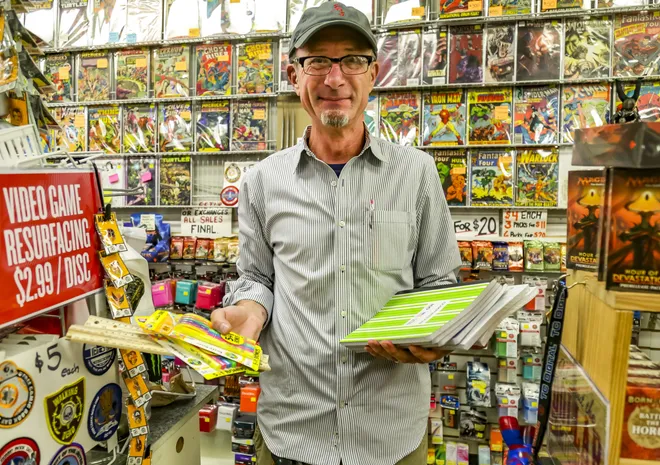
Digital Prints in New York: Exploring the Evolution of Photography in the Digital Era
Introduction
The emergence of digital photography has revolutionized the way we capture, edit, and share images. In the heart of this digital transformation lies the concept of digital prints. In this article, we delve into the world of digital prints in New York, exploring how this technology has evolved, its impact on the art world, and the reasons why photographers and art enthusiasts continue to embrace the versatility and convenience of digital prints.
- The Rise of Digital Prints
Digital prints New York have become increasingly popular in recent years due to advancements in digital imaging technology. Unlike traditional photographic prints, which require the use of negatives and chemical processes, digital prints are created through the direct transfer of digital image files onto various printing mediums.
New York, known for its vibrant arts scene, has been at the forefront of adopting and embracing digital prints. The city’s galleries, art institutions, and professional printing services have played a pivotal role in promoting and advancing this medium.
- The Advantages of Digital Prints
Flexibility and Control: Digital prints offer photographers greater control over the entire creative process, from capture to print. The ability to edit and manipulate images using sophisticated software allows for precise adjustments in color, contrast, and sharpness. Photographers can experiment with different styles and techniques, refining their vision and achieving the desired outcome.
Reproducibility and Consistency: Digital prints allow for efficient reproduction of images, ensuring consistency across multiple prints. This is particularly beneficial for photographers and artists seeking to sell their work or exhibit it in galleries. With digital files, the printing process can be easily replicated, maintaining the integrity and quality of the original image.
Wide Range of Printing Options: Digital prints offer a vast array of printing mediums, from traditional photographic paper to canvas, metal, acrylic, and more. Each medium brings its own unique qualities, allowing photographers to explore different textures, finishes, and presentation options. The versatility of digital prints caters to various artistic preferences and provides opportunities for creative expression.
III. The Impact on the Art World
Accessibility and Affordability: Digital prints have democratized the art world, making it more accessible to a broader audience. The ease of printing and the elimination of costly chemical processes have lowered production costs, allowing emerging artists to produce high-quality prints at a fraction of the cost associated with traditional methods. This accessibility has also fostered a more inclusive art community, where diverse voices and perspectives can be expressed and shared.
Preservation and Archiving: Digital prints offer enhanced durability and longevity compared to traditional photographic prints. When produced using archival-grade inks and papers, digital prints can withstand the test of time, resisting fading, discoloration, and degradation. This makes them an excellent choice for collectors, galleries, and museums seeking to preserve and archive artworks for future generations.
Collaborative Opportunities: The digital nature of the medium facilitates collaborations between photographers, graphic designers, and printmakers. This interdisciplinary approach allows for the exploration of new techniques, fusion of different artistic styles, and the creation of visually compelling and innovative works. Artists can collaborate with skilled printmakers to bring their digital visions to life, combining technical expertise with artistic sensibilities.
Conclusion
Digital prints have revolutionized the art of photography in New York and beyond. Their versatility, accessibility, and quality have made them a preferred choice for photographers, artists, and art enthusiasts. Through digital prints, artists can express their creativity, exhibit their work, and preserve their vision for years to come.







